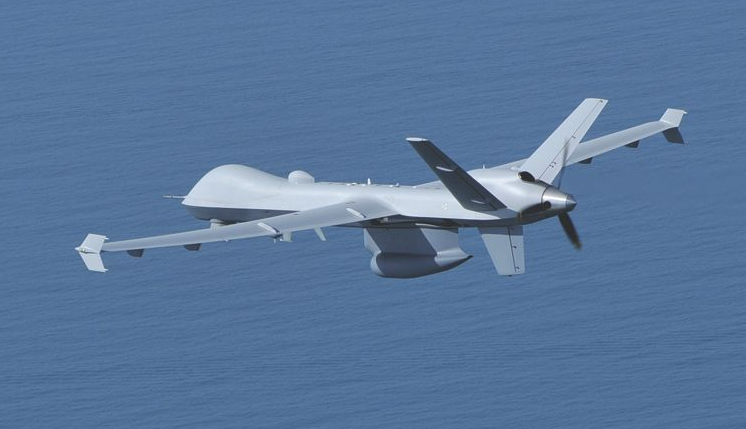SHM of Unmanned Aerial Vehicles (UAV’s) Using Embedded High Definition Fiber Optic Sensing (HD-FOS)

Embedded fiber sensors as an alternate approach to structural validation of composite structures At the September 2015 International Workshop on Structural Health Monitoring (IWSHM) held at Stanford University, a paper was presented [1] detailing how distributed fiber optic sensing using Rayleigh backscatter could be used as a practical and effective means to validate the structural integrity of a fleet of High Altitude Long Endurance (HALE) unmanned aerial vehicles (UAV’s). The high definition data provided by the Rayleigh method combined with numerical data analysis techniques provides an effective means for ground personnel to periodically evaluate the airworthiness of UAV’s manufactured with advanced composite materials. This method of in-service inspection using fiber optic sensing embedded within the composite structure provides a novel and more cost-effective approach to traditional non-destructive test methods. The advantage of high definition fiber optic sensing (HD-FOS) using Rayleigh backscatter method The Rayleigh backscatter method, in contrast with other methods of distributed fiber sensing, provides discrete measurements every millimeter along the length of a standard fiber optic sensor. This high definition data can provide a full characterization of strain along the length of composite structures, including high gradients that are often missed by lower resolution methods. As the paper highlights, high definition data taken at regular maintenance intervals can be used to validate the aircraft’s structural integrity. Luna’s ODiSI system with high definition fiber optic sensing (HD-FOS) uses the Rayleigh backscatter method in its computation of strain based on changes in the optical fingerprint of the fiber sensor. HD-FOS using Rayleigh backscatter method vs Fiber Bragg Grating (FBG) In the referenced paper, the authors embedded a distributed fiber sensor in the UAV’s main wing spar. This same fiber had Fiber Bragg Grating (FBG) sensors imprinted on two points along the fiber for the purpose of data comparison. The UAV was statically loaded and data taken at twenty percent intervals from zero to one hundred percent of max load. The strain data taken with the Rayleigh method showed excellent correlation with FBG sensors. HD-FOS using the Rayleigh backscatter method can be used to resolve uncertainty when testing for high strain gradients or stress concentration points. By contrast, distributed fiber sensing systems that rely on FBG’s require some prior knowledge of the location of these critical spots. FBG sensors are created by etching a unique pattern into a fiber optic cable at various points along the length of the cable. A FBG sensor is in effect a custom sensor and sensor location needs to be planned in advance of instrumenting the test article. Furthermore, the number and spacing of the FBG sensors is limited by a combination of scanning wavelength and the required strain measurement range. More data from HD-FOS provides better results HD-FOS using Rayleigh backscatter can provide significantly more data than traditional point sensors or FBG distributed systems. In this paper the authors demonstrate how this data can be used in combination with numerical data analysis methods to provide technicians a clear indication of structural integrity. The data provided by the HD-FOS system using the Rayleigh backscatter method provides greater accuracy in the determination of structural integrity and greater simplicity in reaching conclusions of airworthiness.
- Reference: Osher Shapira, Uri Ben-Simon, Arik Bergman, Shay Shoham, Benny Glam, Iddo Kressel, Tal Yehoshua and Moshe Tur, Structural Health Monitoring of a UAV Fleet Using Fiber Optic Distributed Strain Sensing, Presented at IWSHM conference September 1st thru 3rd, 2015